10 Powerful Questions to Ask Your Child Instead of Yelling
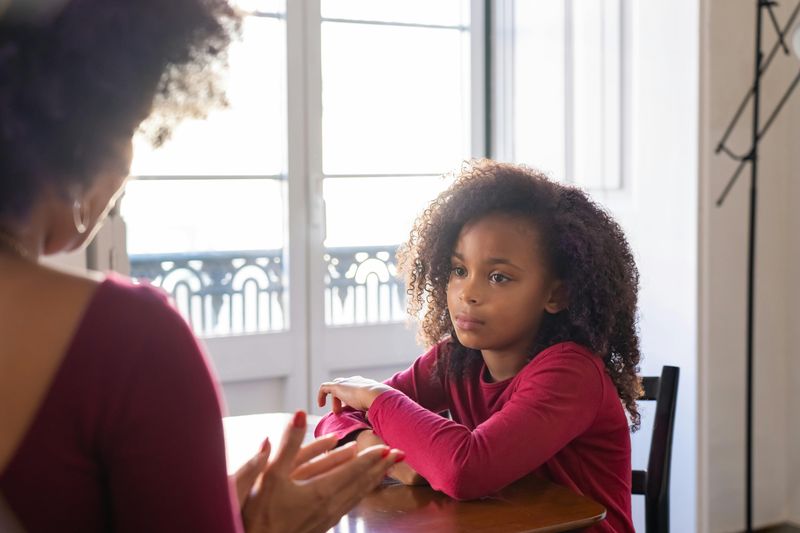
When emotions run high, it’s easy to default to yelling—but it rarely leads to real understanding. This blog offers 10 thoughtful, powerful questions you can ask your child instead, helping to foster connection, encourage communication, and build trust. These questions are designed to defuse tension, open up dialogue, and support positive behavior—all while modeling emotional intelligence. If you’re looking for calmer, more effective parenting tools, these conversation starters are a great place to begin.
1. What was the best part of your day?
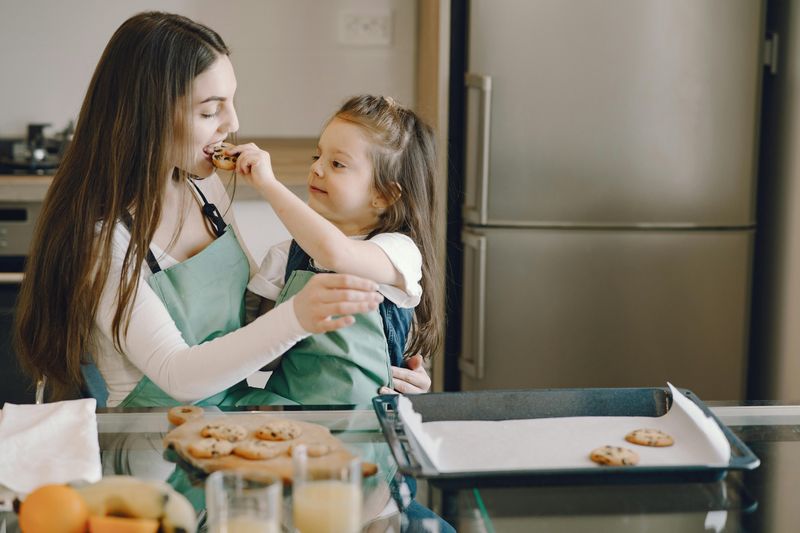
“What was the best part of your day?” encourages children to reflect on positive experiences, fostering a growth mindset and happiness. Sharing joyful moments can strengthen the parent-child bond and create lasting memories.
This question invites open-ended dialogue, allowing children to express themselves freely and feel valued. It’s a great way to end the day on a positive note, reinforcing positive behavior and emotions. Perhaps your child aced a test or made a new friend; discussing these moments can instill confidence and joy.
2. What was the worst part of your day?
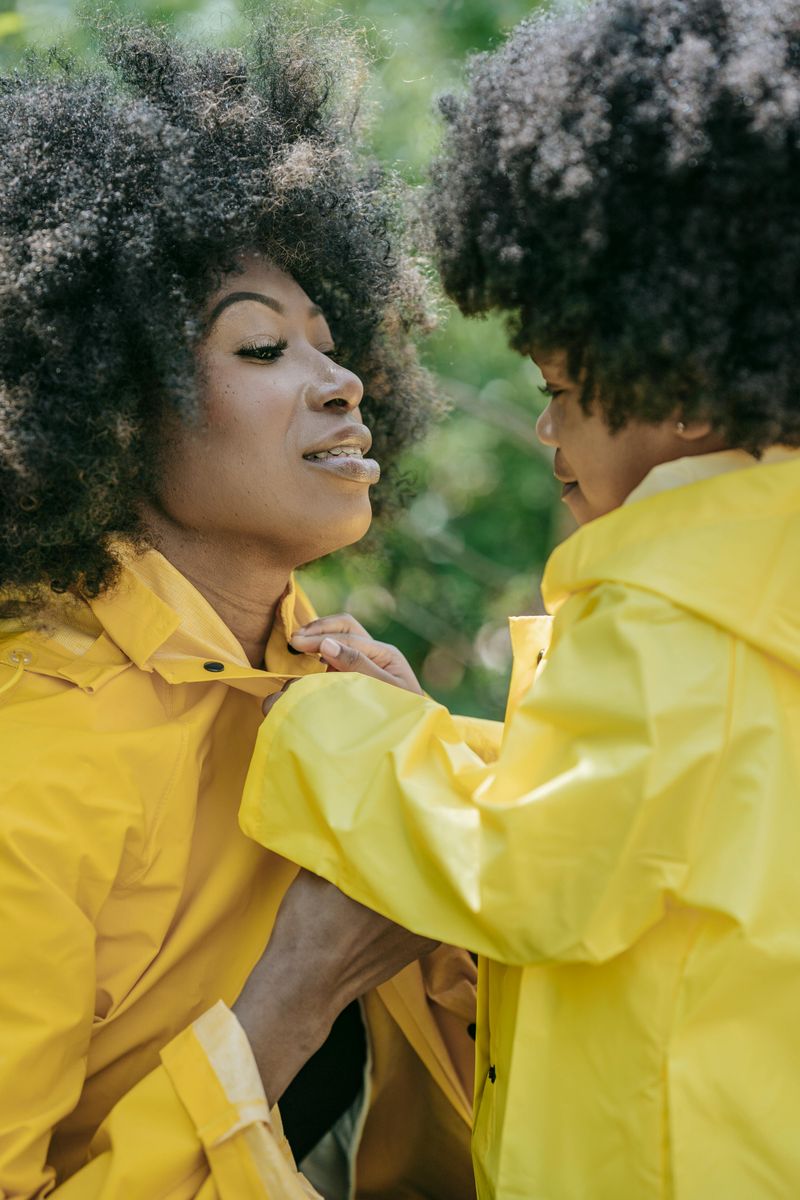
Asking “What was the worst part of your day?” provides children a safe space to share challenges and frustrations. This question encourages emotional expression and problem-solving, helping children navigate difficult situations with parental support.
By discussing tough experiences, parents can offer guidance, empathy, and reassurance. It helps children feel heard and understood, creating a compassionate environment where they can tackle problems together. Whether it’s a tough math problem or a playground dispute, addressing these issues fosters resilience and growth.
3. How did you help someone today?

“How did you help someone today?” instills empathy and the value of kindness in children. This question encourages them to think about their actions and the impact they have on others. It promotes a sense of responsibility and community, reminding children that small acts of kindness can make a big difference.
Discussing their helpful deeds, whether assisting a classmate or a sibling, reinforces positive behavior and self-worth. It teaches children to recognize and appreciate the significance of being helpful and considerate.
4. What are you grateful for today?

“What are you grateful for today?” encourages gratitude and appreciation for life’s blessings. This question helps children focus on the positive aspects of their day, fostering a sense of contentment and well-being. By identifying things they’re thankful for, children learn to value what they have, promoting happiness and a positive outlook.
It can be a toy, a sunny day, or a supportive friend—recognizing these elements enhances emotional health. Practicing gratitude regularly builds resilience and a deeper appreciation for life’s simple joys.
5. What was the kindest thing you did today?
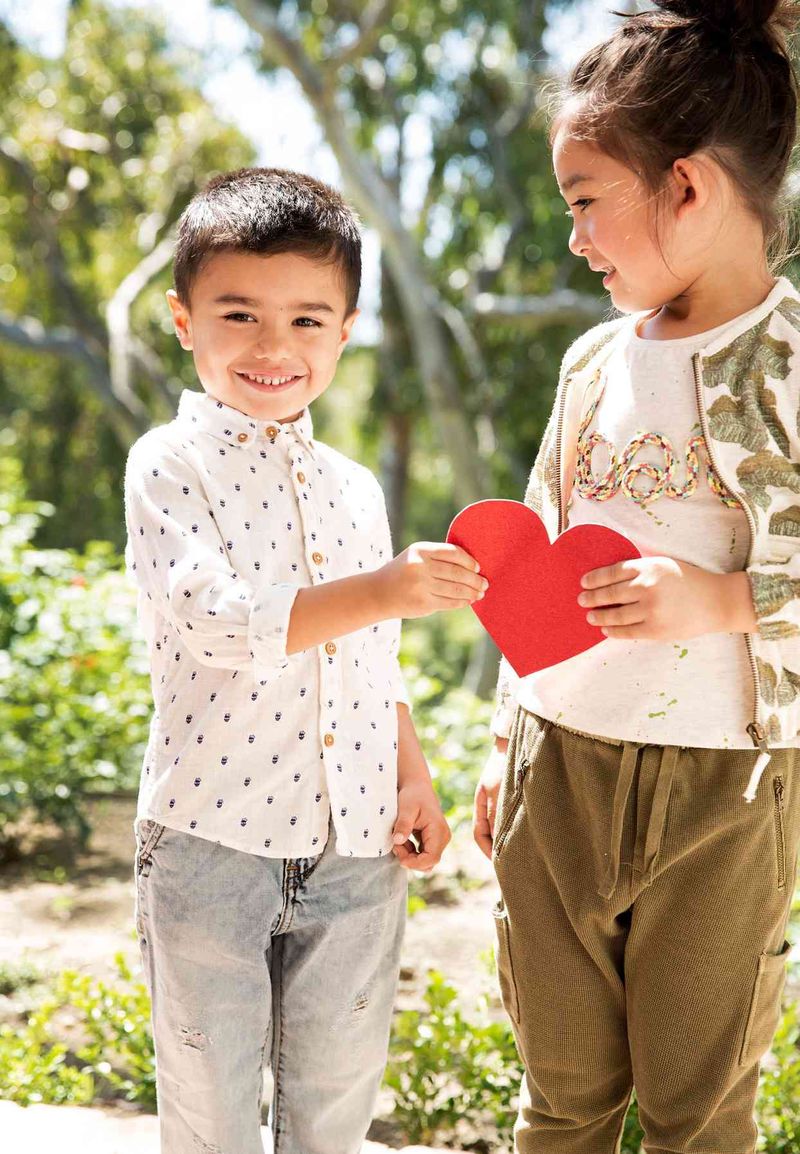
“What was the kindest thing you did today?” helps children recognize and appreciate their own kindness. This question highlights the importance of empathy and encourages children to engage in acts of kindness.
Sharing these moments with parents reinforces positive behavior and boosts self-esteem. It teaches children that kindness is rewarding and valued. Whether it’s sharing a toy or comforting a friend, acknowledging these actions fosters a compassionate and understanding environment, nurturing a sense of pride and self-worth.
6. What did you learn today?

“What did you learn today?” sparks curiosity and a love for learning in children. This question encourages them to reflect on their day’s lessons, be it academic or life skills. Discussing new knowledge promotes intellectual growth and reinforces the importance of education.
It’s an opportunity for parents to engage with their child’s learning journey, providing support and encouragement. Whether it’s a fun science fact or a lesson in patience, this question celebrates learning as an ongoing, rewarding process.
7. What made you happy today?
“What made you happy today?” invites children to reflect on joyful moments, enhancing their emotional awareness and happiness. Sharing these experiences helps parents understand what brings their child joy and contentment.
Whether it’s playing with friends or enjoying a favorite snack, identifying happiness can improve overall well-being. It fosters a positive mindset and emotional resilience, making children more likely to seek out and create joyful experiences. This question strengthens the parent-child bond through shared happiness.
8. What was a challenge you overcame today?
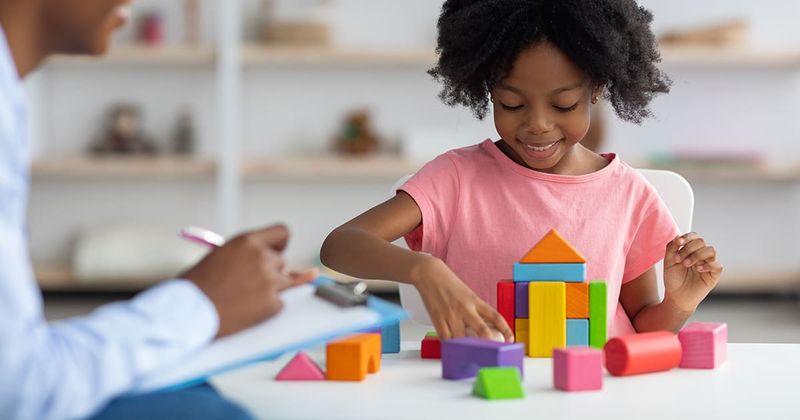
“What was a challenge you overcame today?” promotes resilience and self-confidence in children. This question encourages them to reflect on difficulties and how they tackled them, fostering a growth mindset and problem-solving abilities.
By discussing these challenges, parents can celebrate their child’s achievements and offer additional support if needed. Overcoming a tough homework assignment or managing a tricky social situation, acknowledging these wins builds self-esteem and confidence. It teaches children that they are capable and resilient.
9. How will you make tomorrow a great day?
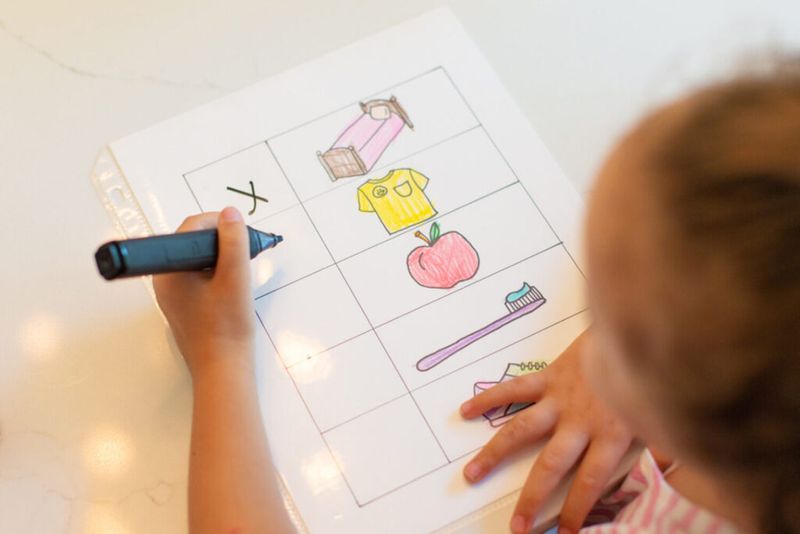
“How will you make tomorrow a great day?” inspires proactive thinking and goal-setting. This question encourages children to consider their future actions and how they can create positive outcomes. Planning for the next day fosters responsibility, motivation, and optimism.
It’s a chance for parents to support their child’s aspirations and offer guidance on achieving their goals. Whether it’s preparing for a school project or planning a playdate, this question instills a sense of control and determination in shaping their day.
10. Is there anything you want to talk about?

“Is there anything you want to talk about?” opens the door to honest and open communication, reinforcing trust between parent and child. This question provides a safe space for children to express their thoughts, feelings, and concerns without judgment.
It shows that their opinions are valued and respected, fostering a supportive and trusting relationship. Whether it’s sharing a worry or a new interest, this question encourages dialogue and connection. It strengthens bonds and ensures children feel heard and understood.

Comments
Loading…